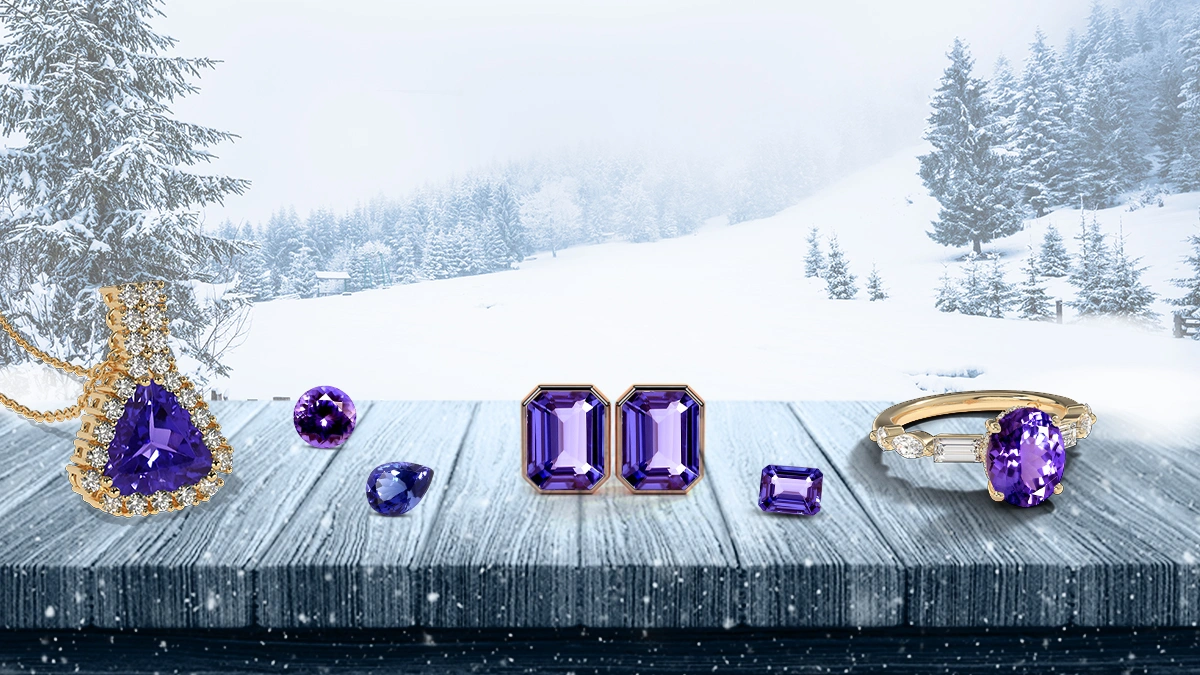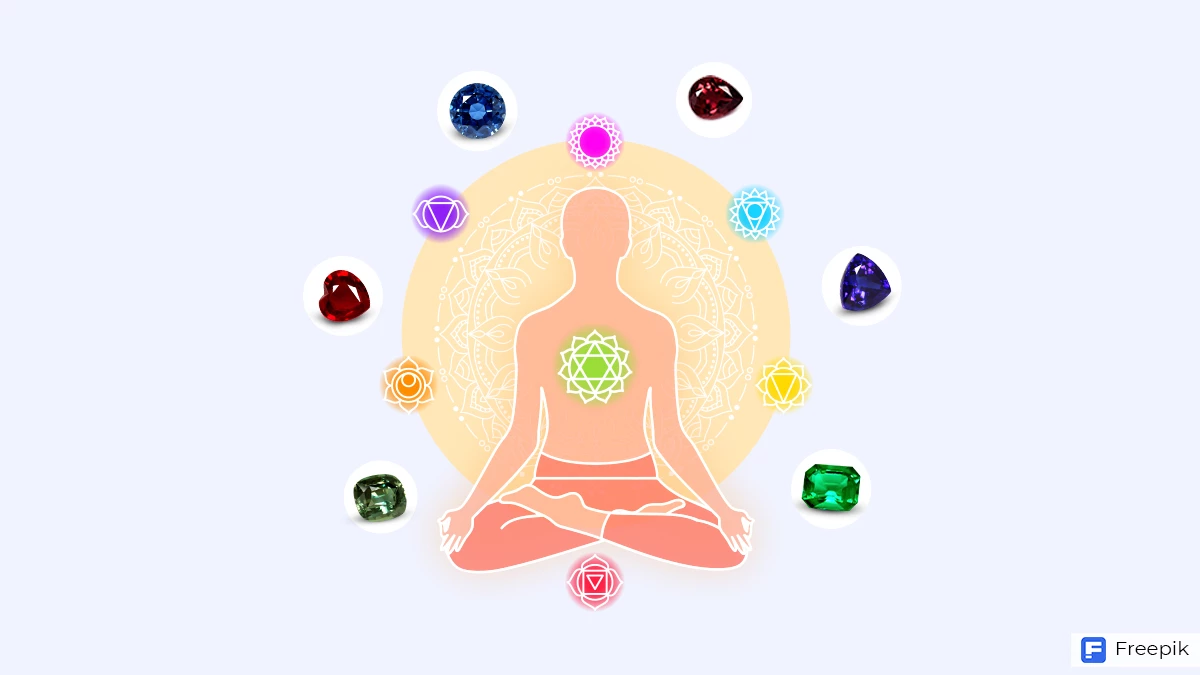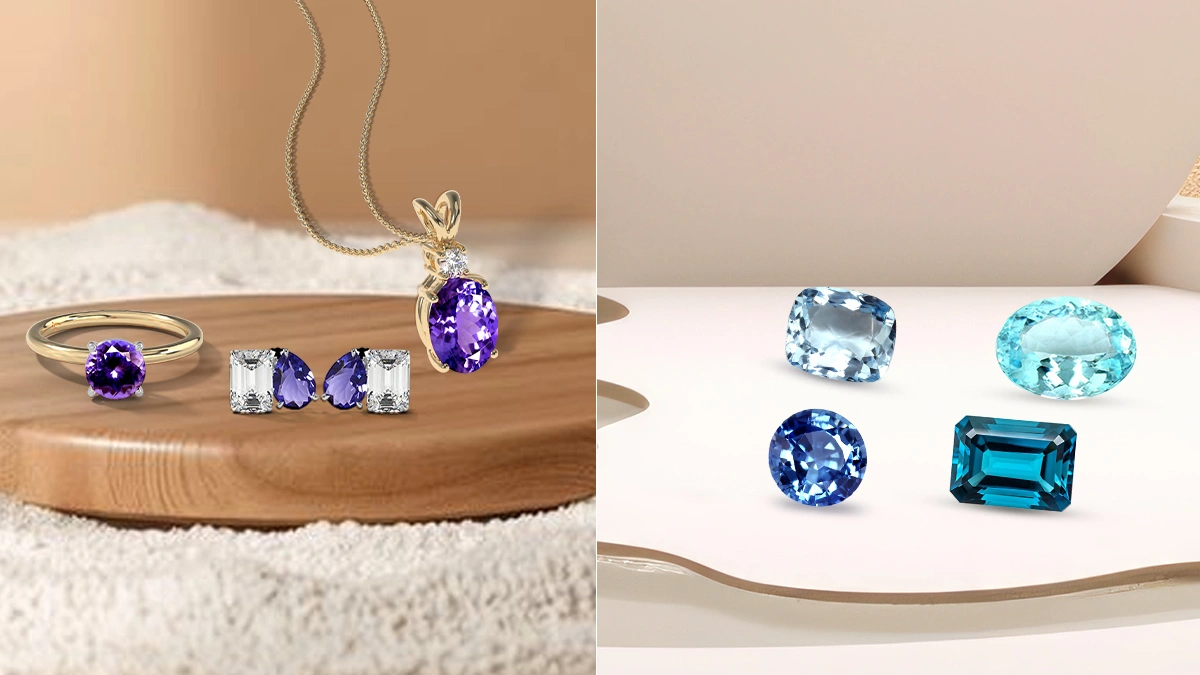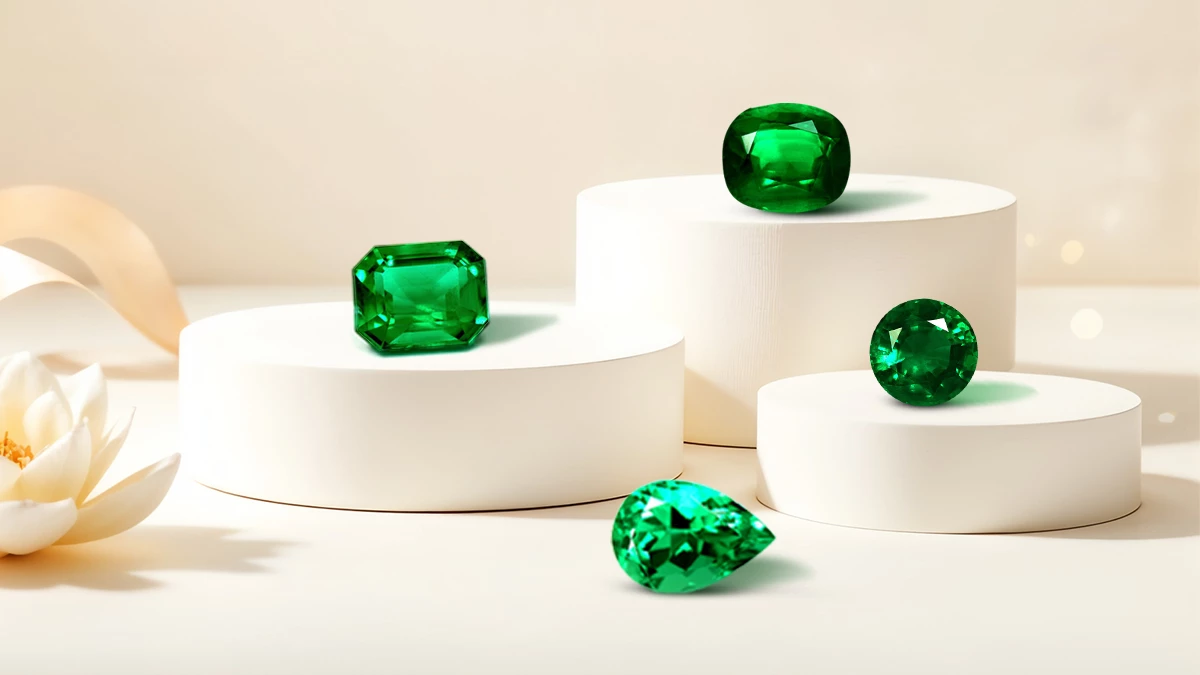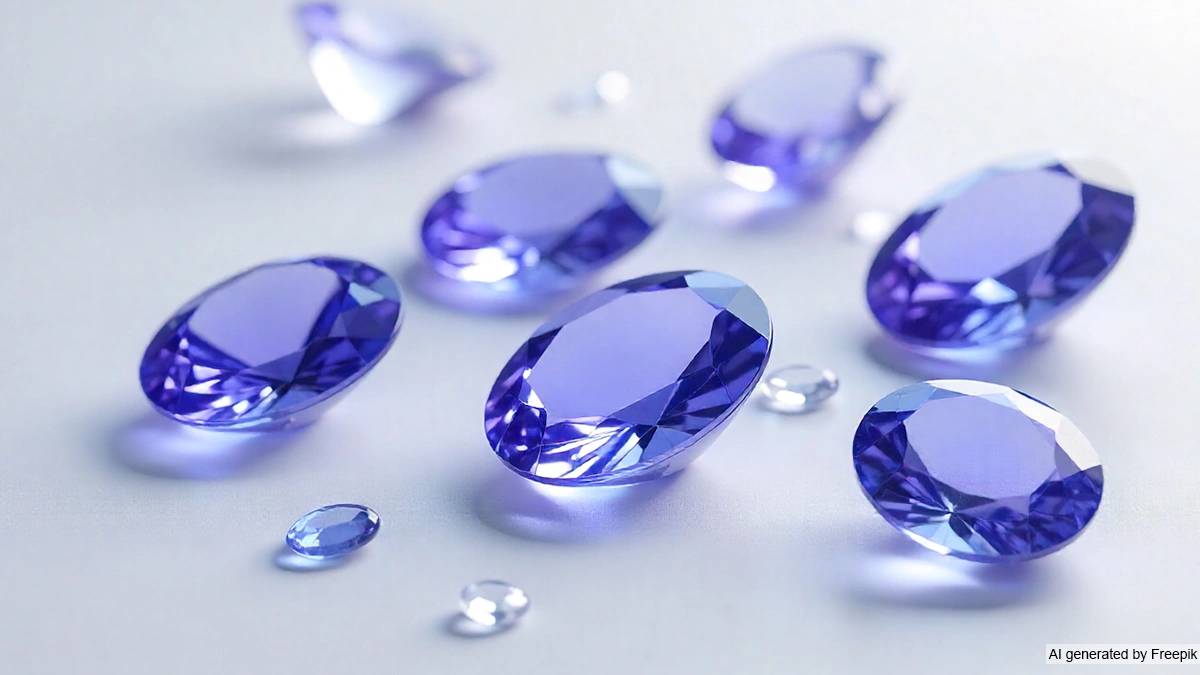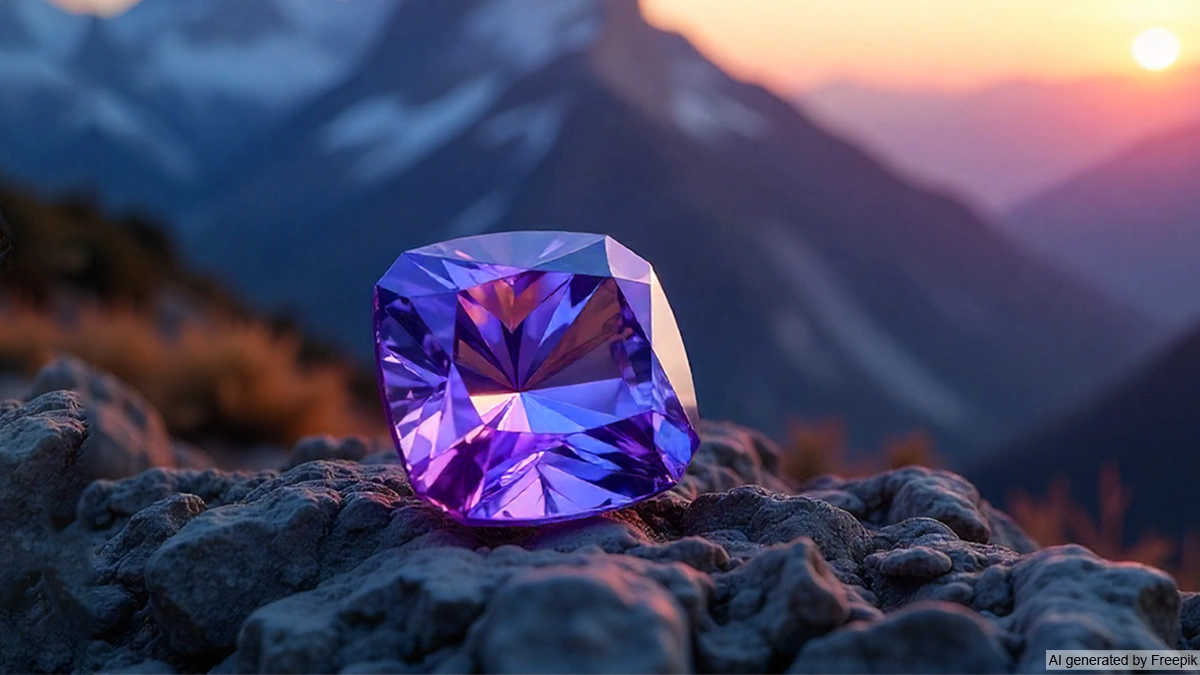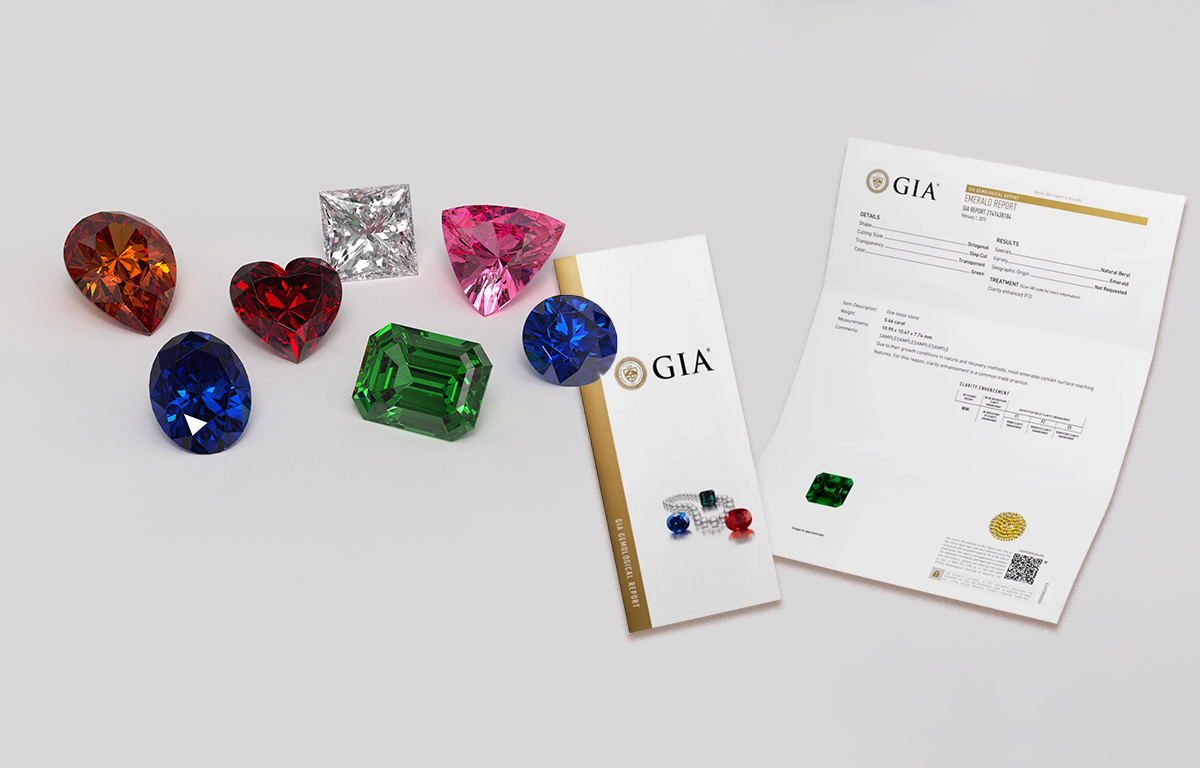When Zendaya wore that red gem serpenti necklace in 2022, most people screamed “ruby!”, but it was a spinel. Yes, just like doppelgängers in movies, red spinel and ruby often get mistaken for each other—except one is more affordable. If you’re about to splurge on a red gemstone, knowing the difference can save you from emotional and financial heartbreak.
Both stones look fiery, luxurious and rich. However, only one of them has royalty-level fame whereas the other is the underrated scene-stealer. This blog is your backstage pass to spotting the difference between a spinel and ruby. Let’s dive into this gemstone drama, and trust me, it’s more thrilling than a plot twist in a Scorsese film.
Origin Stories
Rubies and red spinels are often found in the same regions—Burma (Myanmar), Sri Lanka and parts of East Africa.
In fact, for centuries, miners couldn’t tell them apart. And that’s because both gems came from the same gravel beds like feuding siblings in disguise. While rubies form from aluminum oxide, red spinels have magnesium and iron in their mix. You can say, different recipes from the same fiery kitchen.
Moreover, ruby earned fame and royal affection early on but spinel stayed in the background, quietly photobombing crowns and royal collections. So next time someone questions spinel’s value, tell them it literally fooled empires and outshone rubies for hundreds of years. Clearly, spinel has a legacy that’s far more glamorous than most people realize.
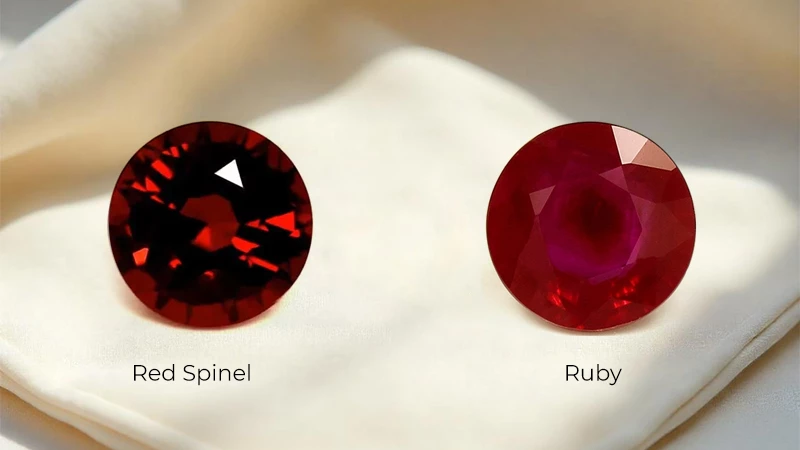
Color Confusion
At first glance, red spinel and ruby look like twins.
But when witnessed from a different angle, you will realize one reflects red wine drama, the other flirts with pink. Ruby gemstones usually shine with a rich, deep crimson hue that turns heads and spark conversations. But if we talk about spinels, they often show a slightly lighter tone with flashes of orange or rose.
However, the two can fool even a trained eye—yes, gemstones have better disguises than movie spies. If you’re choosing based on color alone, remember—subtle undertones matter and lighting loves playing tricks. So before you commit, get the stone tested because love at first sight shouldn’t end with a return receipt.
Price Point
Buying a ruby can feel like financing a luxury car.
It’s beautiful, timeless and a little hard to explain to your accountant. That’s where red spinel wins hearts, as it offers stunning color and brilliance without demanding your entire savings. Fine rubies are rare, especially untreated ones, which is why they command prices that make jewelers whisper before quoting.
On the other hand, red spinel is the low-key luxury that lets you sparkle and afford takeout for the next month. Think of it this way: ruby is old money, spinel is smart money and both make you look fabulously well-connected. Thus, if you want the look of high-end red without the high-stakes price tag, spinel could be your style-savvy secret.
Durability
Ruby ranks 9 out of 10 on the Mohs scale of hardness.
Hence, it is one of the toughest gems after diamond—it’s basically wearing armor in style. Red spinel scores a solid 8, which means it’s still tough enough to handle daily drama without cracking under pressure. In short, ruby is the marathon runner, spinel is the crossfit champ—both are durable, just trained a little differently.
Unless you’re planning to use your ring as a bottle opener (please don’t), either gem can handle daily wear with ease. Ruby might age like fine wine, but spinel keeps its sparkle without much maintenance. Thus, if you want a glam that lasts, both gems deliver—but ruby does win by a point in toughness trivia.
Fame & Legacy
Rubies have the red-carpet reputation!
They are the July birthstone, featured in royal jewels and got name-dropped in poetry and ancient lore. But plot twist: that famous “ruby” in the British Crown is actually a spinel—talk about stealing the spotlight for centuries! Red spinel was long mistaken for ruby, which says a lot about its convincing charm and stage presence.
Today, spinel is finally getting the credit it deserves, becoming a favorite among designers and collectors in-the-know. If ruby is the leading lady with decades of acclaim, spinel is the breakout star critics can’t stop praising. Choose ruby for legacy and status or spinel for originality and a great backstory—either way, you’re wearing a headliner.
Why Knowing the Difference Counts
Knowing the difference between red spinel and ruby can save you money and prevent buyer’s remorse.
Paying ruby prices for a spinel might feel like splurging on designer shoes that turn out to be knockoffs. While rubies carry historic prestige and high value, spinels offer stunning looks with a friendlier price tag. Whether investing for yourself or beloved, understanding these gems ensures you get what you truly want.
Plus, it keeps you from awkward “Wait, this isn’t a ruby?” moments at parties or when showing off your jewelry. In short, knowing your reds means making smarter, more confident choices and looking brilliant doing it. After all, true luxury lies in knowing exactly what you’re wearing and owning it with pride.
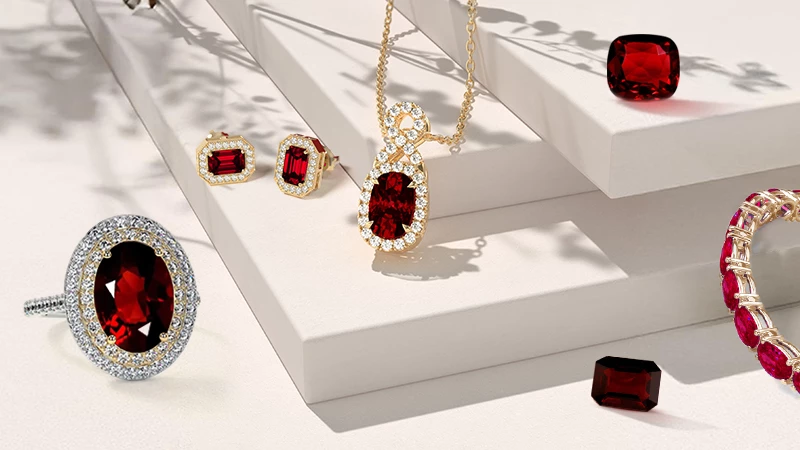
Choose Your Red With Confidence
Whether you prefer the prestige of ruby or the smart luxury of spinel, each gem reflects its charm. Both stones are stunning in their own right and neither choice is wrong, only the one you make without the facts. So, before you add that fiery red beauty to your collection, take a moment to look deeper into its worth.
If you are up to buying the perfect red gemstone, check out GemsNY. We offer a wide selection of both rubies and spinels. Pick your dream gem to create a one-of-a-kind jewelry piece through our Make Your Own jewelry feature. With thousands of verified GemsNY reviews to guide you, you can rest assured that you are investing in the best.
Learn about fascinating blue spinel jewelry.


